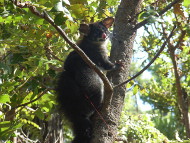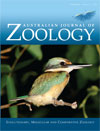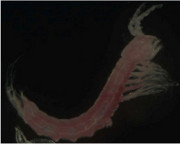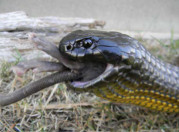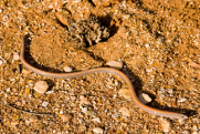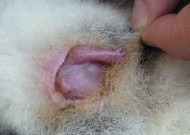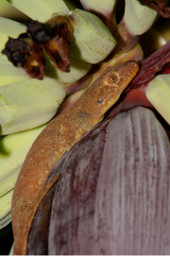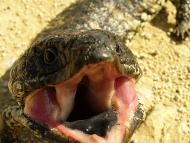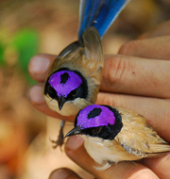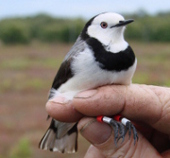Australian Journal of Zoology
Volume 60
Number 3 2012
We provide information on the spatial ecology of koomal (Trichosurus vulpecula hypoleucus) in the jarrah forest, along with an evaluation of models estimating den availability, and estimates of their hollow tree requirements at varying population densities. This information should aid future evaluations of whether logging prescriptions provide sufficient hollow trees for koomal.
We present the results of a stygofaunal (Syncarida: Bathynellacea) survey of the Burdekin River alluvial aquifer and the genetic analyses (COI mtDNA) used to determine species level diversity. Four divergent lineages within the Parabathynellidae and one lineage within the Bathynellidae were found. These lineages did not group within any described genera. Alluvial aquifers in eastern Australia likely have high stygofaunal diversity.
Tiger (Notechis scutatus) and copperhead (Austrelaps superbus) snakes are abundant in Tasmania and thrive in anthropogenically altered landscapes. Tiger snakes are true generalists, taking all available suitably sized prey, while copperheads from the same localities appear to specialise in small ectothermic prey. These very different trophic ecologies appear to be reflected in clear differences in head size between the two species.
We assessed the importance of litter mats for lizards in the stony desert of the southern Northern Territory. From 85 sites we located 85 individuals of eight lizard species, including the nationally vulnerable Ophidiocephalus taeniatus. Our results provide the first evidence of the impact of large herbivores on mat suitability.
Empirical data for head length and age of free-ranging koalas on St Bees Island, Queensland, were used to test previously published growth models derived from captive individuals. Only one accurately estimated known age. We caution that growth curves from a particular population may not apply throughout the species range.
Records of terrestrial vertebrates on Torres Strait islands remained scattered. We compiled inventories for 17 inhabited islands and investigated how vertebrate richness varies with island variables. Island size is effective for predicting richness, and the addition of new species to all island inventories highlights the need for further surveys.
We explored the use of revegetated native saltbush by the sleepy lizard, Tiliqua rugosa, a common endemic Australian species in southern Australia. Our findings indicate that revegetated saltbush provides important habitat for T. rugosa at significant life stages – prior to/during breeding for adults, and post-birth but before dispersal for juveniles.
Genetic and morphological divergence between the two subspecies of Malurus coronatus provides support for their separate conservation management. Historically high levels of dispersal between catchments, indicated by a lack of genetic structure and slight morphological difference between remnant populations of the western subspecies, may be disrupted by recent habitat degradation.
Dispersal ability is a fundamental attribute of threatened species that influences their prognosis for survival in fragmented habitats. Morphological variation between island and mainland populations of white-fronted chats suggests that their dispersal capacity is lower than previously supposed, with implications for isolated populations occupying endangered salt marsh habitats.
